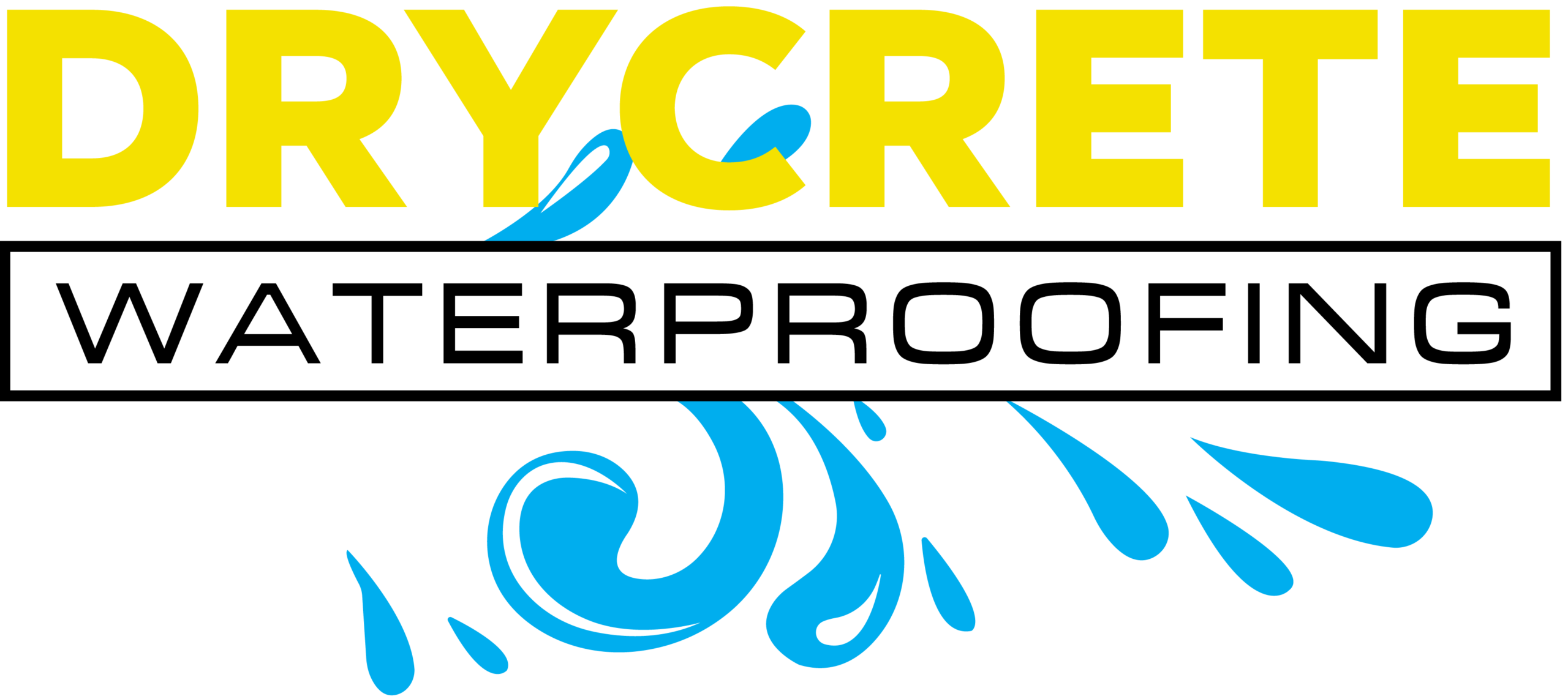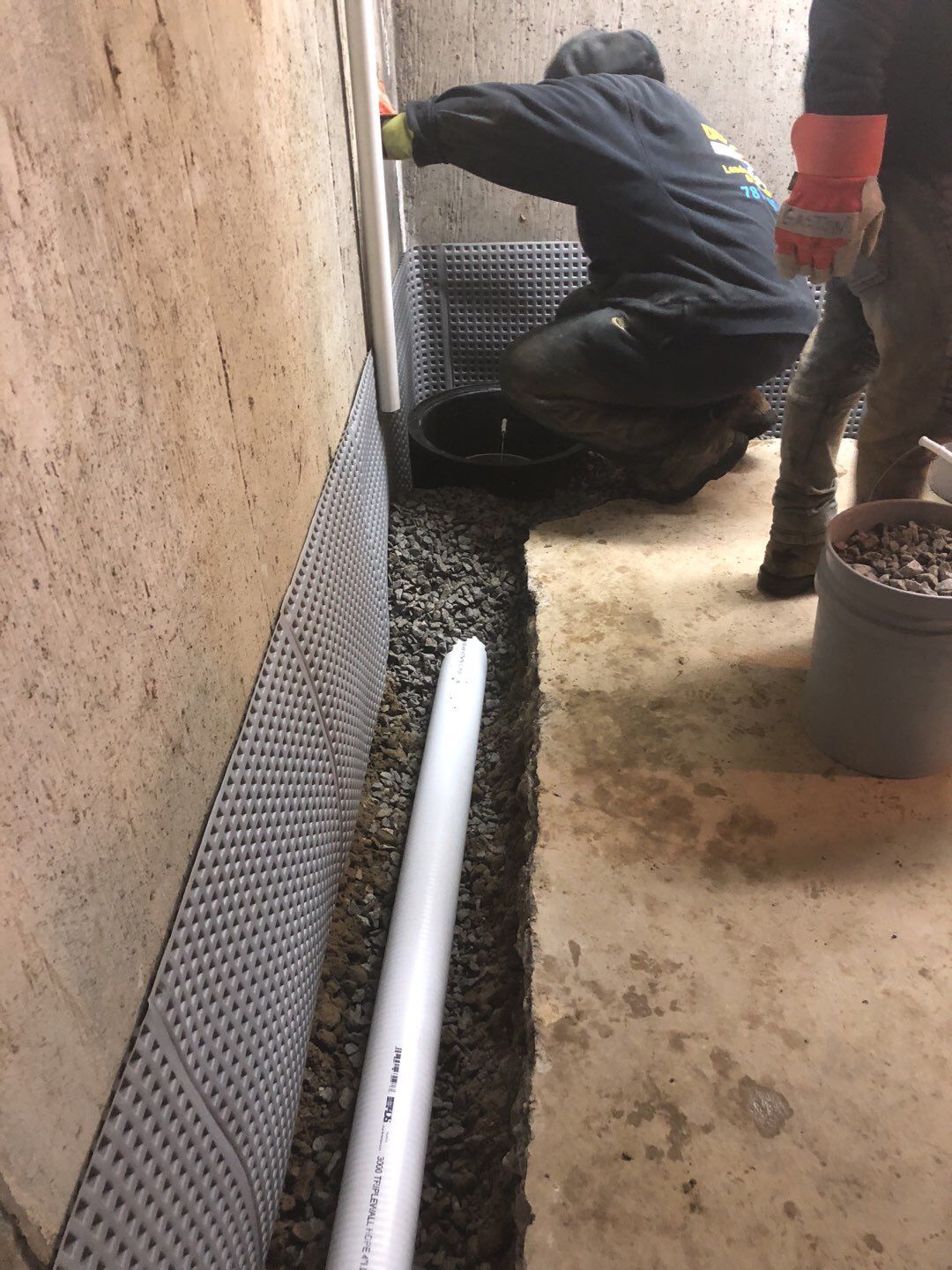Your home is one of the most important investments you will ever make, and you’ll want it to be safe and reliable. Something that can last a lifetime. Part of ensuring the safety and longevity of your home is making sure you take steps to prevent water damage in areas like the basement.
Over time, water damage, water seepage, and leaks or cracks in the foundation can lead to structural damage, mold, and other issues. Using something like an interior perimeter basement drain system could offer a substantial benefit in terms of keeping water out of the basement and protecting your home for many years to come. In this guide, we will discuss internal drainage systems and how they can help prevent water damage, what the benefits of such a system woudl be, how these systems work, and who you can contact to help you get one installed.
Causes of Water Damage in Basements
There are many different situations that can lead to water damage in the basement. You would be surprised that even gutters that are clogged or in disrepair could cause water to seep inside. But your basement doesn’t have to be a dank and damp part of the home. You have options.
The most common causes of water damage in basements include:
- Heavy rains
- Flooding
- Burst pipes
- Sump pump failure
- No drainage system
- Cracks in the foundation
- Improper seals around doors, windows, and window wells
- Improper guttering and exterior drainage
The good news is that you can be proactive and help prevent most of these issues from occurring. If you do notice any leaks or water coming into your home, take action right away. The sooner you put something into place, the more protected your structure will be.
What Are Interior Perimeter Basement Drain Systems?
One of the most common types of interior perimeter basement drain systems is the French drain. However, there are also other options to consider when choosing the right drainage system for your basement needs.
Let’s go over a few of these choices.
Interior Basement Drain
The interior basement drain, also referred to as a French drain, uses a trench with a pipe and perforated materials to allow water to seep in to be redirected safely outside of your home and well away from the foundation. These drains are laid around the basement perimeter and are typically covered with gravel to make the area look nice.
Basement Floor Drains
A basement floor drain is a simple drain placed into the floor of the basement in any space that will likely encounter excess water. Most of the time, these drains are placed at the time the basement is constructed. They have a sloping floor that leads water to the drain.
Sump Pumps
Sump pumps also provide a valuable form of drainage for the basement. They typically are placed at a specific perimeter location. A basin collects water and triggers the pump to activate and push that water out and away from your foundation. These devices come in different models and sizes.
Benefits of Installing an Interior Perimeter Basement Drain System
The type of interior perimeter basement drainage that you use will depend on your home’s needs. It’s best to work with a professional to determine the best solution. Regardless of what you end up with, there are major benefits to having something in place. These systems work to redirect water away from your home. The desired result is a foundation that won’t be affected by water damage. Here are some of the top benefits of getting a drainage system in place in your basement:
- Improve air quality
- Reduce likelihood of mold
- Protect your foundation
- Make your home last longer
- Increase your home value
- Reduce risk of water damage
- Protect your valuables
Putting a system in place now will save you money by avoiding costly repairs or insurance claims from water damage later on. It’s well worth the investment.
Installation and Maintenance
Installation varies slightly depending on the system that is being installed. No matter what system you have chosen, you will need to work with an experienced waterproofing company to be sure you get the proper solution for your needs and also ensure it’s done correctly. Once the system is in place, get familiar with any recommended maintenance routines. For example, sump pumps need to be regularly cleaned and inspected to ensure they continue to run properly. You can also check with your waterproofing company to see if they offer maintenance services for your system.
Turn to Drycrete Waterproofing for Quality Basement Waterproofing Systems
There is no one-size-fits-all approach when it comes to basement waterproofing. That’s why we take care to thoroughly inspect your property, including the systems you already have in place. We will help you determine the best choice to protect your home. Drycrete has been serving the waterproofing industry for more than 30 years. Our customers are our top priority and we work very hard to ensure you get the solution you need and get it done right. We guarantee all of our work.

